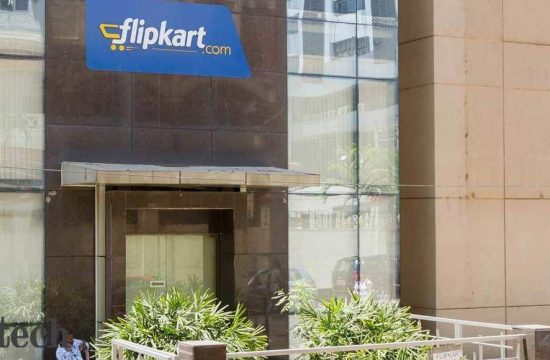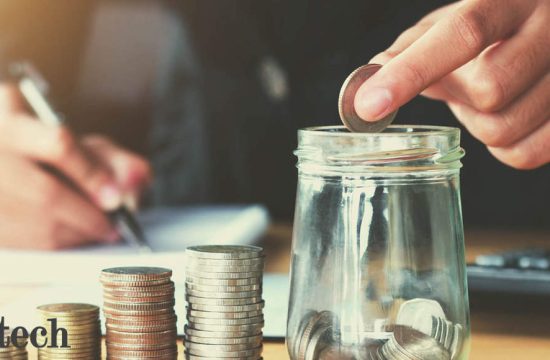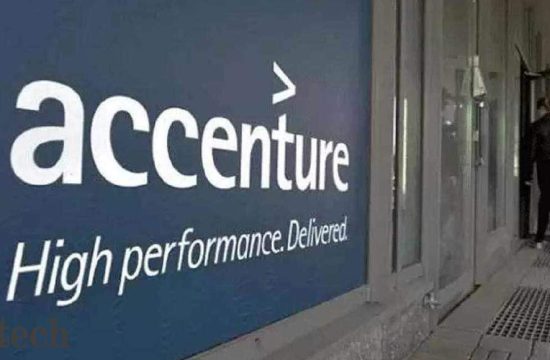A pedestrian adjusts his facemask while walking past a closed Artisan House restaurant in Los Angeles on May 7, 2020.
Frederic J. Brown | AFP | Getty Images
The Covid-19 pandemic continues to disrupt economies and lives in ways we never could have imagined. But the world won’t stay on lockdown forever.
We asked public health and industry experts to share their thoughts on what things will look like when the pandemic finally recedes. In this segment of our series “The Next Normal,″ we look at what experts are saying about when restaurants and bars may reopen for business.
Restaurants and bars have been among the hardest-hit businesses during coronavirus quarantines. While some establishments will reopen with limited capacity sooner rather than later, the sector is likely to face widespread decimation, according to industry and health experts.
The National Restaurant Association projected the industry would take in $ 899 billion in sales in 2020 before coronavirus quarantines swept across the country. But most depend on consistent cash flow to keep their doors open and people employed. Since widespread lockdowns began in March, more than 8 million restaurant industry employees have lost their jobs or have been furloughed, according to a survey of 6,500 establishments by the association. That equates to a loss of $ 80 billion through April, and up to $ 240 billion by the end of the year.
While some restaurants and bars have pivoted to offering takeout and delivery, many others chose to close their doors entirely for the duration of local lockdowns. That could be a death knell for thousands of locations. The California Restaurant Association estimated in late March that 30% of the state’s 90,000 restaurants would not survive the crisis.
Restaurant owners are facing steep costs to reopen, including hiring back staff, paying off invoices and replacing spoiled ingredients. Even the country’s best restaurants won’t bounce back from prolonged closures.
“There is definitely a question mark over Eleven Madison Park — if it will reopen,” Daniel Humm, the owner of the three-Michelin-star New York restaurant, told Bloomberg Pursuits this week. “It will take millions of dollars to reopen. You have to bring back staff. I work with fancy equipment in a big space. I want to continue to cook with the most beautiful and precious ingredients in a creative way, but at the same time, it needs to make sense.”
What reopening might look like
From a public health standpoint, restaurants and bars should have an easier path to reopening than arenas, schools and many offices because owners or managers can space out tables and limit capacity, said Dr. Peter Bach, a physician and epidemiologist at the Memorial Sloan-Kettering Cancer Center, where he also runs the Center for Health Policy and Outcomes.
Restaurants in Asia are providing U.S. owners with a model of how to reopen their dining rooms, with wider spacing between tables, customer temperature checks and masked wait staff.
Black Sheep, a Hong Kong-based restaurant chain, has publicly shared its 17-page playbook on how it is navigating the pandemic. Suggestions include requiring customers to sign health declaration forms before entering the restaurant and offering a hygienic way to store masks during a meal.
Black Sheep co-founder Syed Asim Hussain said that he has heard from restaurateurs from around the world about the guidelines and how to adapt their businesses.
“I’ve been telling them, if anyone is waiting for things to go back to how they were, you’ll be waiting a long time,” Hussain said.
A pedestrian wearing a protective mask walks in front of a temporarily closed Starbucks coffee shop in Brooklyn, New York, on Monday, April 27, 2020.
Gabby Jones | Bloomberg via Getty Images
Starbucks plans to reopen 85% of its U.S. coffee shops by the end of this week, emphasizing cashless payments and contactless and curbside pickup.
“The foundation of our approach comes from what we have learned in China, where more than 98 percent of our stores are now open and operating under revised protocols,” Starbucks CEO Kevin Johnson said in letter Monday to Starbucks employees and customers.
California restaurants have already drafted their own proposed plan to allow the industry to reopen with an array of safeguards, like requiring servers to wear masks and placing hand sanitizer on every table, while avoiding more drastic measures such as taking every customer’s temperature upon entrance, The Associated Press reported this week. The plans are only recommendations and haven’t been approved by Gov. Gavin Newsom.
Social distancing will need to be part of any proposal to reopen, said Dr. Ashish Jha, professor of health policy at the Harvard T.H. Chan School of Public Health. Jha recommended 50% capacity cuts, while noting that “even 50% capacity feels a lot to me with bars.”
“I don’t know that you even want to get to 75% without a vaccine,” he said.
The problem is opening doors at 50% capacity probably is seldom economically feasible.
“For most restaurants to open and only have 50% of their seats occupied indoors, they’re probably not going to make enough money to stay open — unless they sell a lot of alcohol,” said Stephani Robson, senior lecturer at the Cornell University School of Hotel Administration.
In Texas and Georgia, where restaurants were allowed last Friday to reopen dining rooms with limited capacity, fewer than half of restaurant operators resumed operations that day, according to Black Box Intelligence.
More than an economic question
Even if restaurants find it economically feasible to reopen, there’s no guarantee Americans would feel safe enough to show up in the numbers necessary for a recovery.
In fact, 68% percent of Americans say they would feel uncomfortable eating at a restaurant, according to a late April survey from SAP’s Qualtrics, the employee management software company.
Building up the courage to return to restaurants may be one of the most essential elements to returning to normal, said Erik Gordon, a professor at the University of Michigan’s Ross School of Business. Restaurants can serve as a confidence bellwether for Americans who are dipping their toes back into normal society, he said.
“People miss it, and it’s relatively inexpensive,” Gordon said. “We’re going to go stir crazy. It’s something that doesn’t require a lot of planning. And it’s public, so other people will see it and ask themselves, ‘Am I ready for this?””
But confidence becomes a chicken-and-egg question, as the current lack of consumer demand will likely cause restaurants and bars to stay closed. If restaurants were to reopen and demand was poor, employees whom they tried to hire back would no longer be eligible for unemployment because they’d have a job opportunity that they were turning down. That’s an incentive to keep doors shut until it’s clear people are ready to come back.
“It doesn’t matter what Trump or any governor might say, when people still see the number of deaths in their state or region are considerable, people aren’t going to participate in normal everyday life,” said former Labor Secretary Robert Reich, who teaches public policy at the University of California, Berkeley. “They’re not going to feel safe going back to crowded airplanes, restaurants, bars, sporting events, anything.”
Restaurants may also be reluctant to reopen for liability reasons.
“If business interruption insurance didn’t cover the industry when this happened, what makes them feel that the insurance companies would cover them on the liability of coronavirus lawsuits?” said Aaron Allen, founder and CEO of restaurant consultancy Aaron Allen & Associates.
Fast food will bounce back first
Fast-food chains have largely weathered the coronavirus quarantines, leaning on drive-thru lanes, delivery and lower prices. Same-store sales declined less than 2% in the week ended April 26 compared with a year earlier, according to industry tracker Black Box Intelligence.
Fast food restaurant chain, Wendy’s seen in Tokyo, Japan.
Budrul Chukrut | SOPA Images | LightRocket via Getty Images
With little impetus to open dining rooms, fast-food restaurants aren’t in a hurry to serve people in person.
“We’ll see what folks are talking about at the state level, but we’re not going to rush to reopen our dining,” Wendy’s CEO Todd Penegor told analysts on Wednesday.
Chick-fil-A, the third-largest U.S. restaurant company by sales, is preparing to reopen some restaurants for takeout by installing plexiglass partitions at its front counters and adding more hand sanitizer stations. Floor decals will help customers maintain their distance from other people. Shake Shack CEO Randy Garutti said that there will be fewer cashiers and self-order kiosks inside the burger chain’s locations. Shake Shack is also planning to modify restaurants with drive-thru lanes and pick-up windows.
WATCH: Restaurant brands remain optimistic about a consumer rebound






